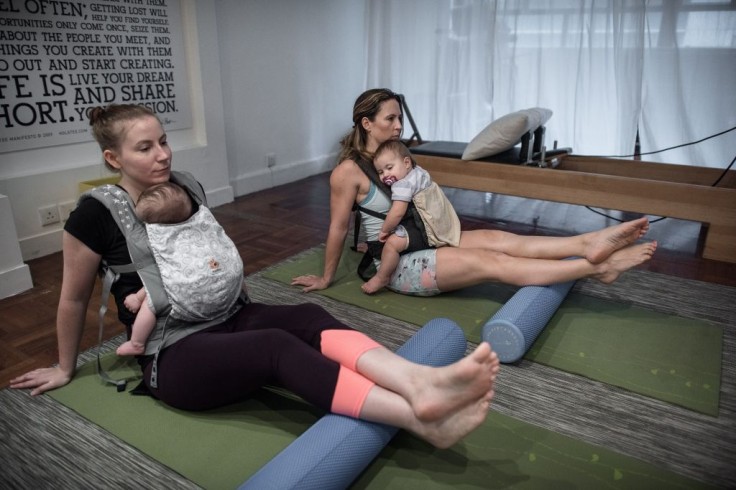
Babywearing refers to carrying an infant or young child close to the body using a piece of cloth or a specialized carrier.
According to Today, the idea behind babywearing is to keep the baby close to the parent, which can help foster a strong emotional bond and provide the baby with a sense of security.
It is common for parents to feel confused or nervous about trying babywearing, especially if they are new to the practice.
There are many different types of carriers available, each with its own set of benefits and disadvantages, and it can be overwhelming to choose the right one.
Additionally, some parents may be concerned about using the carrier correctly and ensuring the safety of their baby.
However, worry not; we will walk you through the important points parents need to know about babywearing and its essential safety tips.
These tips and knowledge will help you choose the best baby-wearing instrument that works for you and your child if you ever think baby-wearing is really for you.
What parents need to know about babywearing
- Safety comes first. Safety is the most crucial consideration when it comes to babywearing. Parents should ensure that the carrier they choose is appropriate for the baby's size and weight and that they are using the carrier properly to avoid any potential danger to the baby.
- Consider comfort for both individuals: Comfort is key when it comes to babywearing, both for the parent and the baby. Parents should look for a carrier that is comfortable to wear for extended periods, providing adequate support for the baby.
- Carrier selection: According to Lamaze, many different types of baby carriers are available, each with its own benefits and disadvantages. Parents should choose a carrier that fits their lifestyle and needs and is appropriate for the baby's size and development.
- Practice the proper technique: Proper technique is essential for safe and comfortable babywearing. Parents should ensure that the baby is positioned correctly in the carrier and that their head and neck are supported. They should also be mindful of the baby's position and comfort throughout the day, making adjustments as needed.
- Take regular breaks: While babywearing can be a convenient way to keep the baby close and free up the parent's hands, it's essential to take frequent breaks and give the baby a break from the carrier. This will help to ensure that the baby is not in the carrier for too long and that they are getting the stimulation and movement they need.
Essential safety tips for babywearing
Safety is of the utmost importance in babywearing because the baby is carried close to the parent's body and is at a higher risk of injury if the carrier is not used correctly.
Some common safety concerns associated with babywearing include suffocation, overheating, improper positioning, and falls.
To minimize these risks, here are some essential safety tips for babywearing that parents need to consider:
- Check the carrier's weight limits: Make sure the carrier you choose is appropriate for the weight and size of your baby. Most carriers have weight limits, and it is important to follow these guidelines to ensure your baby's safety.
- Proper positioning: Ensure the baby is positioned correctly in the carrier with their head and neck supported. Make sure the baby's airway is clear and that they are not slouching or slumped forward in the carrier. According to Lamaze, some safe positioning is called pouch slings, ring slings, Mei Tais, wraps, and soft structure carriers.
- Support the baby's back: The baby's back should be supported in a natural, rounded position. This helps to maintain the proper alignment of their spine and neck and prevents any potential strain or discomfort.
- Avoid overheating: Baby carriers can be warm, especially during summer. Be mindful of the temperature and ensure the baby is not getting too warm or overheated. Consider using a carrier made of breathable material or removing layers if necessary.
- Regularly check on the baby: As recommended by Parents, it is vital to regularly check on the baby while in the carrier to ensure that they are in a safe and comfortable position. Make any necessary adjustments to ensure their comfort and safety. Additionally, be mindful of any signs of discomfort or distress, and take a break from the carrier if necessary.
With some research and preparation, babywearing can be a rewarding and enjoyable experience for both parents and babies.
It is important to find a comfortable and appropriate carrier for both the parent and the baby and to educate yourself on proper technique and safety guidelines.
Remember that babywearing is a personal choice and that every parent and baby are different.
